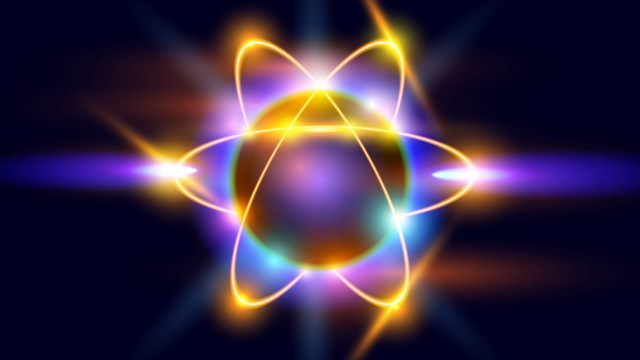Price of Lab-Grown Burger Falls from $325K to $11.36

Lab-grown meat could be on your plate within the next five years. For the past few years, the barrier to getting test-tube meat into the hands of consumers has been the cost of production. In 2013, it was around $325,000 to make this stuff in a lab, but the process has been refined, and the cost now is just $11.36.
“And I am confident that when it is offered as an alternative to meat that increasing numbers of people will find it hard not to buy our product for ethical reasons,” Peter Verstrate, head of Mosa Meat, told the BBC.
Their plan is to make a minced meat that’s just as good as any you’d get from a slaughtered cow (and at a competitive price).
It’s uncertain how the story of our food would change across various countries who use meat as a celebratory centerpiece.
Eating meat is a part of our cultural and personal identity — think Christmas hams or Thanksgiving turkeys — but the factory farming system is not sustainable.
People love their real meat; it’s hard to say if people would really give it up. Even when confronted with the moral implications eating meat has on animals and our environment, people still find an excuse to defend their carnivorous indulgence. So, when a comparable product comes on the market, what will we do?
Verstrate is confident consumers will have no choice but to give in and purchase lab-grown meat. There may be some who go out of their way to get the “real stuff,” but that trend may only last so long as the prices stay competitive. But if the cost to manufacture test-tube meat continues to fall and there’s enough demand, science may edge out factory farms.
The only question left is what will happen to the cows once we no longer want to eat them?
***
Natalie has been writing professionally for about 6 years. After graduating from Ithaca College with a degree in Feature Writing, she snagged a job at PCMag.com where she had the opportunity to review all the latest consumer gadgets. Since then she has become a writer for hire, freelancing for various websites. In her spare time, you may find her riding her motorcycle, reading YA novels, hiking, or playing video games. Follow her on Twitter: @nat_schumaker
Photo Credit: JOHANNES EISELE / Getty Staff





